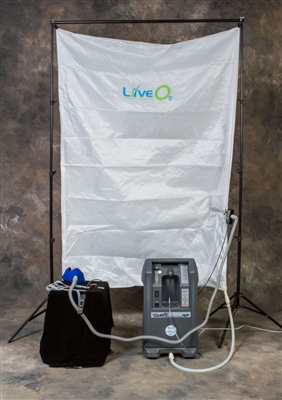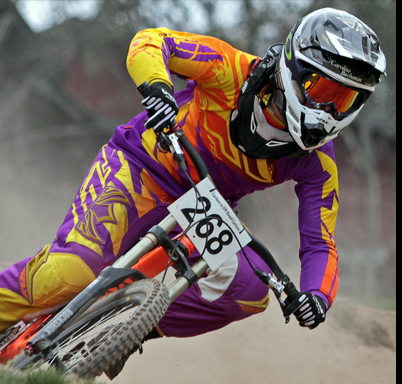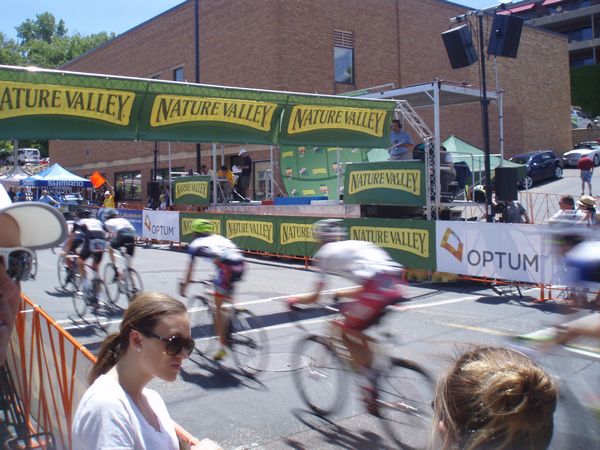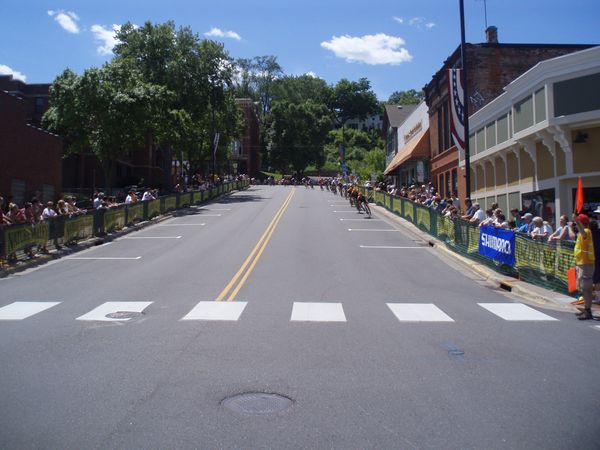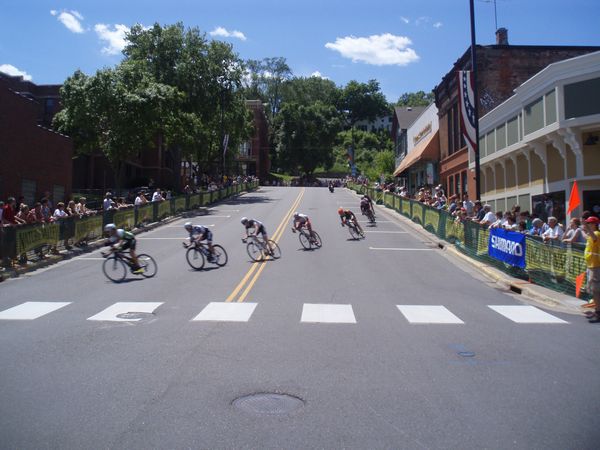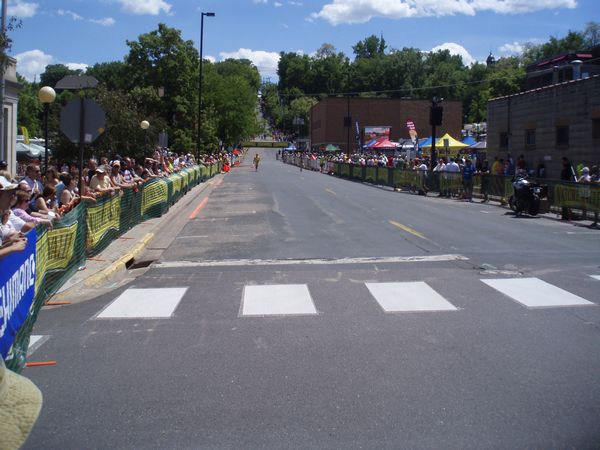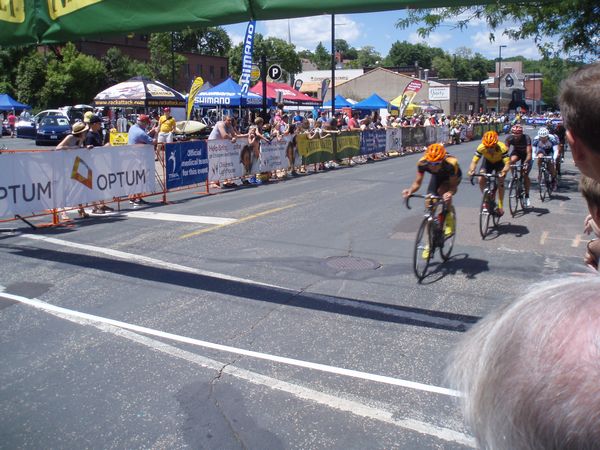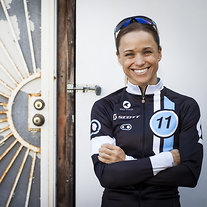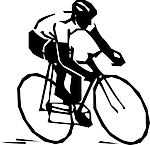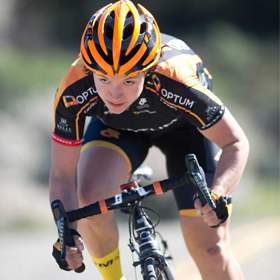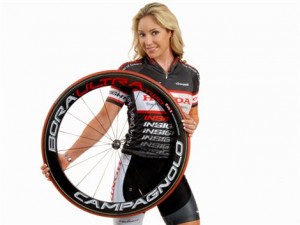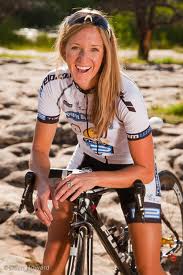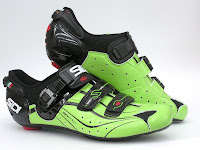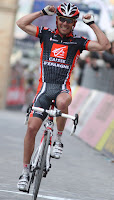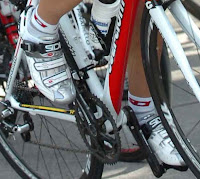The importance of aerodynamics in cycling and triathlon cannot be stressed enough. To set the importance, here are a couple quotes from industry leaders in the area of aerodynamics.“This Nike Skin suit should give about 30 sec to 1 minute advantages in a 58km Tour de France Individual Time Trial depending on what version of the suit is worn.“ Chester Kyle, the cycling areodynamist who headed up the Nike Skin suit Project for Lance Armstrong. (Zinn 2003)
Also, stated by Scott Duabert, one of the lead individuals working with Lance Armstrong, “We measured less drag with aerodynamically designed pieces, so I know it makes a difference” (Overton 2004)
With those kinds of statements from high-level experts, if you would like to perform to the elite level, you must take into account the choices you will be making in equipment.
For the sake of this discussion, we are going to limit our application of aerodynamics to clothing, helmets, and shoes. We understand the majority of the drag created by your body position while you are riding, swimming and running. But we will cover those areas in future newsletters.
An additional thought is aero drag and how it applies to swimming and running. Swimming is a totally different discussion for another newsletter, so we will not be covering this area today. Generally speaking, the rules only apply when you are moving faster than 8 mph as the main forces you are attempting to overcome are inertial and related to acceleration. If you are running faster than 8 mph, you might look into the type of clothing and shoes you are using and follow the same general rules. (Burke and Kyle 2003)
So lets dig in.
First of all lets start with an overview statement of aerodynamic drag and how we can improve or lower its forces against your efforts.
“You can decrease aerodynamic forces by choosing shapes that move through the air efficiently. This streamlining, an energy conserving process used by all creatures that must move rapidly through air. Hence, each shape, fabric, or material has a drag coefficient related to it. The lower the number, the less energy it takes to move it through air, as well as the possibility of going faster at the same time. (Burke and Kyle 2003) Summarized another way by Scott Daubert, “For the most part you want air to remain as close the subject as possible. By varying types of textures or the orientation of textures, you can start to control some of how the air flows over the subject. We wanted the air to remain attached to as much of Lance’s body as possible, especially on the trailing side of his hips.” (Overton 2004)
So how does that apply to the gear we are using and what are some general rules to follow when purchasing your gear.
Gloves, Suits, Bibs, Shorts, and Jerseys:
The type of fabric makes a difference. Regular materials such as wool or polypropylene used in jerseys or tights could slow the rider down over 1 min in 40km (Burke and Kyle 2004)
Are the seams hidden. If they are showing, make sure they are not across your body.
The amount of body coverage, the more the better. They have found that the newer fabrics have a lower drag than shaved legs. (Overton 2004)
Helmets
You must make a decision between an aero helmet and a standard racing helmet. Aero helmets should be used when cooling is not critical. Standard helmets can loose more than 1 sec per mile to an aero helmet.
Rounded edges are better than hard square, pointed edges. (Burke and Kyle 2003)
Shoes
A smooth upper with the fewest interruptions to air flow. Shoe covers are the best, when cooling is not an issue.
In some cases the type of material the shoe is made of can influence the drag, but we did not find any specific numbers related to this subject. (Burke and Kyle 2003)
After doing all your research and starting down the path of making yourself more aerodynamic, that leaves one question: How do I test aerodynamics if I don’t have access to a wind tunnel? Steve Hed of HED Cycling has a great solution,
“One way to find trends is to do roll-down tests. You’ll need a calm day, a friend on his bike to be the control and a gradual hill 1-2 minutes long. Coast top to bottom next to your friend and make a note or time the difference the two of you at the bottom. Make one change to your position or equipment and do it again. Make sure your friend doesn’t change anything- he is the control. (Overton 2004)
A closing thought.
After all your research, remember sometimes in cycling and triathlon elite performance is an art. What is the best for one person does not mean it is the best for you. If a piece of equipment is the best in class for drag and your friends all think it is the greatest, but it does not fit with your style or makes you feel totally uncomfortable, then stick with the product that makes you feel the fastest. Even Lance Armstrong used the some of the same gear for almost 10 years, because the other solutions did not feel right.
See you next month.
Stephen McCarthy
Extreme Performance Gear and Training
References
Zinn, Lennard, July 25,2003, Tour Tech-It’s Gotta be the Suit, VeloNews.
Overton, Frank, July 6, 2004, F One Aerodynamics: What Lance Armstrong’s Wind Tunnel testing means for your time trial, PezCycling News.
Burke, Edmund and Kyle, Chester, 2003, High-Tech Cycling, Human Kinetics, pg. 1-46.
February Coupon: Take 5% off your next purchase from Extreme Performance. Simply, visit http://www.gearandtraining.com/ and use the discount code of “Aero” or bring a copy of this newsletter to our store.
If you would prefer not to receive future newsletters, please reply to this email with the word “unsubscribe” in the subject line.
 over the 10 mile course just outside Minneapolis, MN.
over the 10 mile course just outside Minneapolis, MN.

